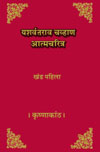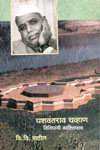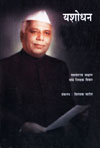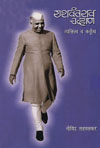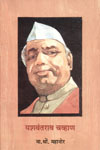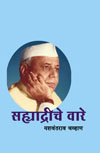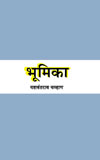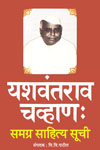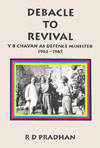A Profile
Y. G. NIKE
IT IS a difficult undertaking to draw the profile of Shri Y. B. Chavan. He needs to be presented in the round. Shri Chavan with his face and figure proves his distant ancestry with the Maharathi donor couples, which grace the facade of the Karla Cave. His massive build, shapely but without sharp contours, is indicative of the granite-like strength of character. It leaves its impress upon all who come in contact with him. It cannot be said about Shri Chavan, as Hazlitt observed about Younger Pitt, that he supports the House of Commons on his nose. The Caesarine nose and the imperiousness of will go together. The absence of the first perhaps indicates the negation of the other. So much the better for the modern democratic set-up of the Government.
During the last fifteen years, he has risen from the ranks with the force of natural gravitation and with the smoothness of planetary bodies, moving in their normal orbit. Remarkable as his rise is, it does not appear to have lost its velocity; if anything, it has gathered greater momentum and seems to be moving towards higher destinations. He seems to have opened only a chapter or two of the Book of Life and the subsequent chapters promise to be still more spectacular.
While thinking about Shri Chavan, one is reminded of the thumbnail-sketch of Asquith, drawn by A. G. Gardiner. He observes: “He (Asquith) is a constructive engineer of politics, not a seer of visions. His is a purely masculine understanding, powerful and direct.” The words, “masculine understanding, powerful and direct” come pat while describing the qualities of Shri Chavan as a politician. His is an astute mind, sober and sincere, and blessed with clarity and soundness of judgment. His grasp of situations, as they arise, and the agility with which he reacts to them are usually as adroit as they are appropriate. Grown among the masses, he can feel their pulse with a sure insight into the working of the common man's mind. He can appeal to their deep emotions and command their loyalty. He moves on familiar terms with them without losing his distinction and their sense of deference for him. As the Chief Minister of a State, with its capital in the -sophisticated city of Bombay, he has to move constantly in the highest strata of society but he does not forget that his own roots are in the soil, from which he draws his strength. “The Sahyadri” is more than symbolical name. There the crowned heads (metaphorically speaking) as well as the bowed heads of the hardy peasants appear with equal frequency and prominence.

